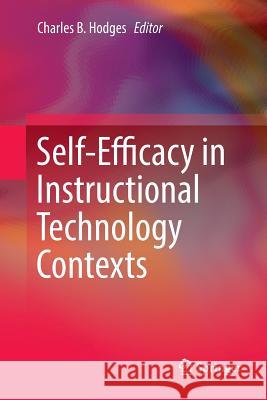Self-Efficacy in Instructional Technology Contexts » książka
topmenu
Self-Efficacy in Instructional Technology Contexts
ISBN-13: 9783030076382 / Angielski / Miękka / 2018 / 292 str.
Kategorie:
Kategorie BISAC:
Wydawca:
Springer
Język:
Angielski
ISBN-13:
9783030076382
Rok wydania:
2018
Wydanie:
Softcover Repri
Ilość stron:
292
Waga:
0.44 kg
Wymiary:
23.39 x 15.6 x 1.68
Oprawa:
Miękka
Wolumenów:
01
Dodatkowe informacje:
Wydanie ilustrowane











